How 'Legendary' Director Rik Reinholdtsen Broke the TV Dance Competition Mold
A cinematic look finds its way to reality competition.
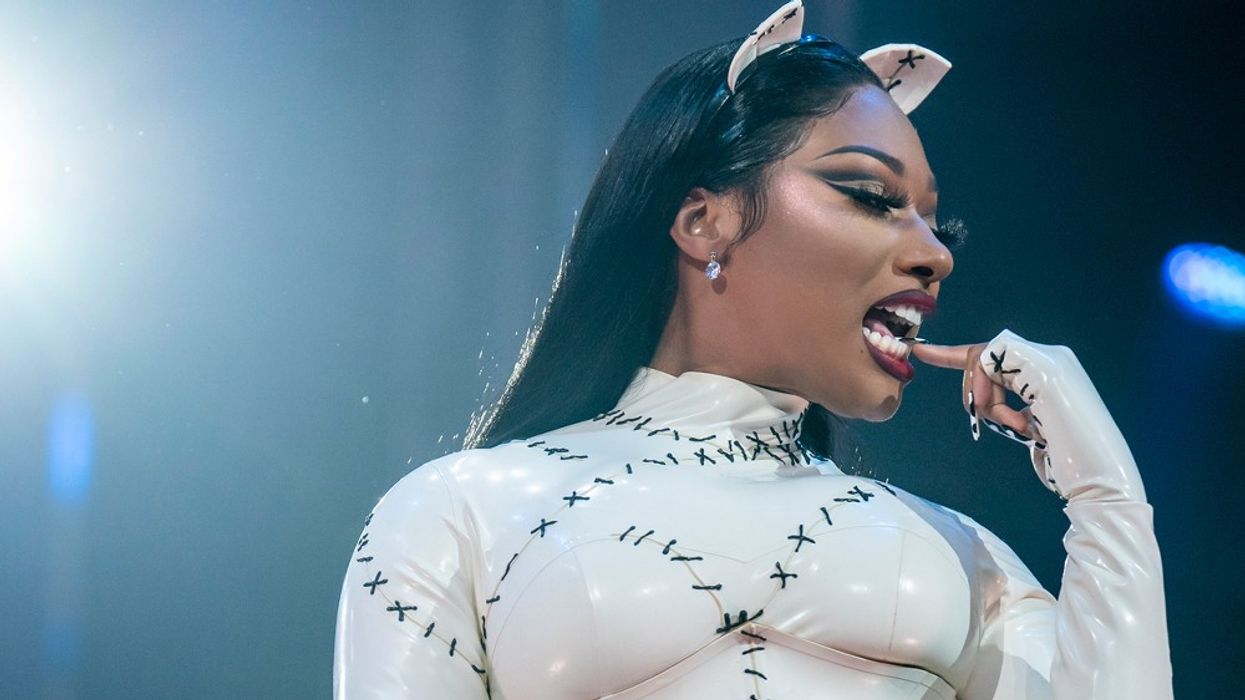
Rik Reinholdtsen is no stranger when it comes directing live television. He's one of the go-to creatives in Hollywood having clocked thousands of production hours on dozens of popular programs, not to mention directing musical performances for Jay-Z, Kanye West, and Lauren Hill.
When he heard about Legendary, a reality competition show that pits the brightest stars in ballroom dancing against one another, it presented him with an opportunity to do something visually different. A style that authentically immersed viewers unlike any other competition show on television.
The series is now streaming on HBO Max, and Reinholdtsen sat down with No Film School to detail how the crew behind the show spun its vibrant hues and moody shadows to create a cinematic look.
NFS: So what drew you to live television, to begin with?
Rik Reinholdtsen: I thought I wanted to be a commercial and music video director when I first got into the business. Being a guy from Seattle, I had to find my way, and I used to set up video projection for a company that did big TV and films. Through that, and being on all these live productions, I realized my best skill set was doing live television. Sitting down in a television truck with 14 cameras. It’s really interesting to me.
NFS: What made you want to do the show?
Reinholdtsen: It was a rare opportunity where I met with a production company, Scout Productions, and they wanted to do a competition show that evolved the genre and pushes the boundaries of the content and how the competition unfolds. Rob Eric [Scout’s chief creative officer] is a very visual person and very creative, and they wanted to make Legendary a “matte show”.
NFS: As in grittier?
Reinholdtsen: Yes. They call these dance shows shiny because the floor is really shiny and everything is slick. With Legendary, we wanted to stay true to the world. The ballroom culture is sort of underground, and we wanted the audience to feel like they are part of that in a very authentic way.
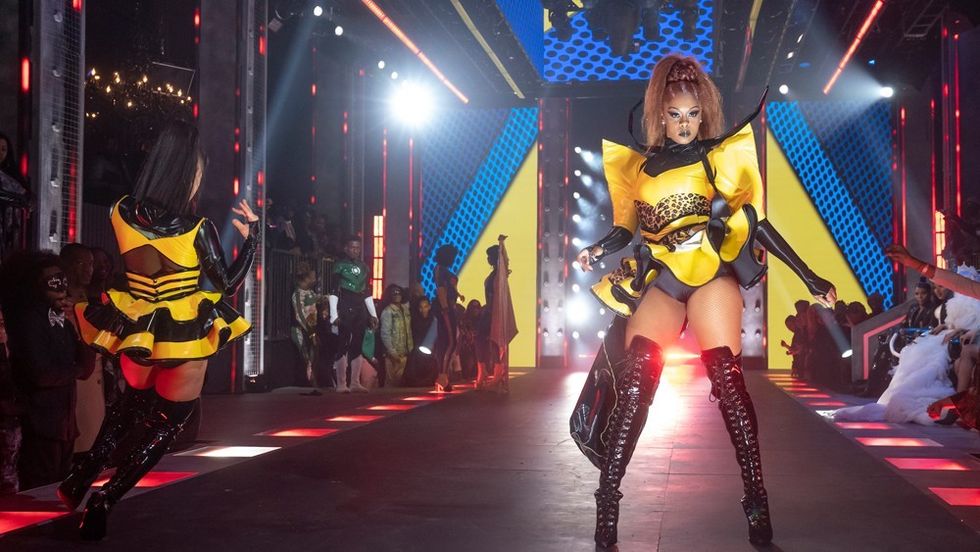
Reinholdtsen: We wanted to push the boundaries and look to technologies that could help create a cinematic look and catch the eye and visual experience that was really big and grand. What’s great about HBO is that they are known for creating shows that evolve genres.
NFS: Cinematic and live production are generally not synonymous.
Reinholdtsen: No they're not. Legendary was unique because we were going to do all the backstories and in-the-field stuff single-camera. Then, when it came time for the production, we would use 16+ cameras for the live show.
NFS: Did you sidestep traditional broadcast cameras?
Reinholdtsen: In a way, yes. Everybody has a 4K deliverable. When you start to research what is out there, broadcast lenses are not very flexible. They can limit the depth of field and all the things I wanted to create a warm image. We ended up using multiple Canon C700 FF and C500 MK II cameras with Sumire Prime lenses and the Cine-Servo 17-120mm zoom.
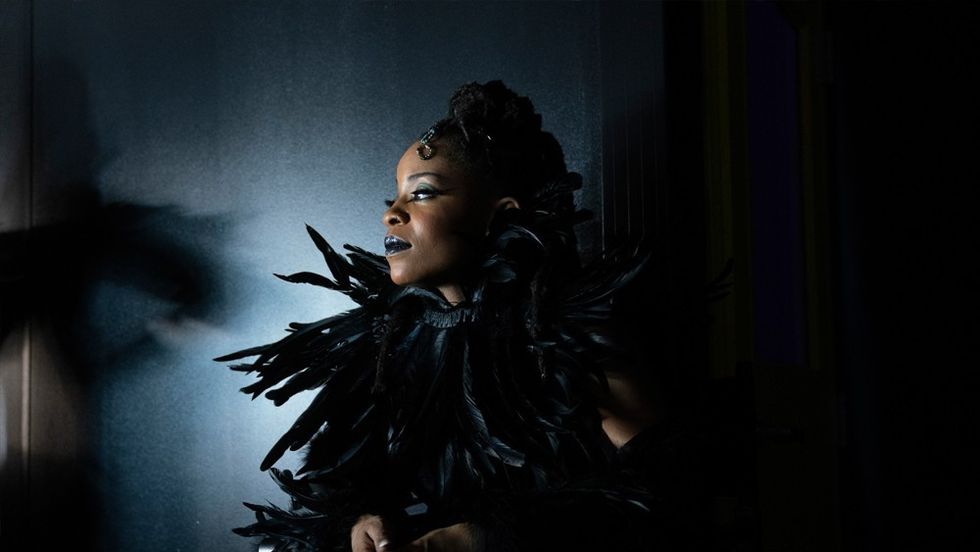
NFS: So, the same cameras were used for both the field and live recording?
Reinholdtsen: Yes. My desire was for us to use the same cameras for the reality portion and then click them into a fiber system on the TV truck for the live show. This allowed the production to run on only one camera.
NFS: That’s great.
Reinholdtsen: Yeah, with the single-camera elements, we were running around the city using just natural light, but then all we had to do was switch over to the fiber system. We had 3 sets of 3 cameras for the reality elements that would shoot 100 hours of footage a week, plus 2 sets of 3 cameras doing live interviews shooting another 100 hours of footage.
NFS: That’s a ton of data.
Reinholdtsen: Managing all of it was something producers and the production had to consider. Shooting Canon’s XF-AVC codec helped out immensely as it’s about half the size of ProRes. Using the same cameras for both field and live portions helped keep production costs down too.
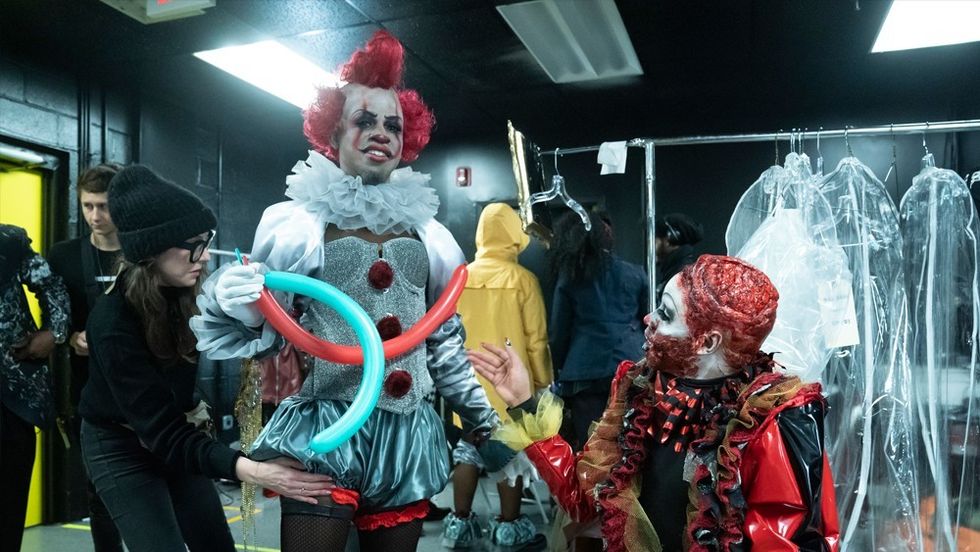
NFS: Did you look to differentiate the reality and live portions visually?
Reinholdtsen: We shot the reality and interviews all full-frame. Then we shot the live production anamorphic with a crop. We used a combination of spherical and anamorphic lenses but everything was kept in 24p.
Everything was shot in Log so we could access the 15 stops of dynamic range, and for the live show, we basically added a LUT to the system where the video control person would still have control of the f-stops and iris. The lighting designer could then set the levels based on that. The LUT allowed the network to be comfortable with the look until we went to post.
NFS: Did shooting Log help or was it overkill?
Reinholdtsen: Being able to shoot live to tape in Log gave us a ton of flexibility. It gave us the luxury of recovering scenes that may have been in low light and creating a look that was unique and beautiful. The costumes, makeup, and production numbers are really unprecedented.
NFS: Was the 17-120mm enough zoom for a live production?
Reinholdtsen: The hardest thing was making sure all the cameras were in the right place physically to get the most out of the zooms. That 17-120mm gives you just enough. At 4K you can start to run into vignetting on the edges, but the lenses held up well.
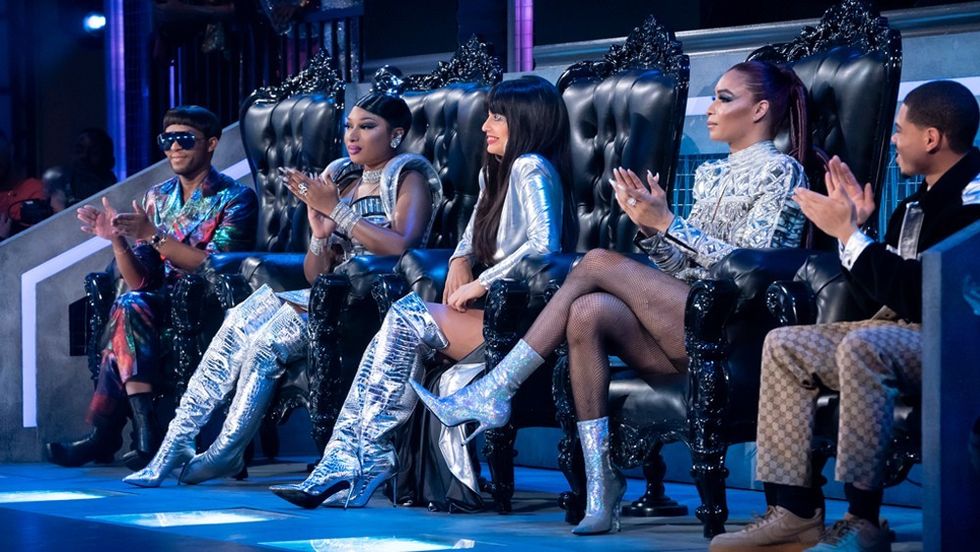
NFS: How many weeks did you end up shooting?
Reinholdtsen: We ended up shooting 9 episodes in 5 weeks. We did a live show every 4 days. We had 40 contestants and 8 different houses. We would do 2 days of reality and interviews, and then back to the live show. There was no time for anything.
NFS: Any setbacks to taking a risk on a nontraditional workflow for the approach?
Reinholdtsen: No. The credit goes to everyone who worked on the show. It’s really important to have talented people who know their job well. The skillsets that the contestants have on this show are unreal. When those moments happen, you can’t go back. Especially with a live show.
NFS: Let me get you out on this. What advice would you give someone looking to get into live television?
Reinholdtsen: When you come into live television there are variations. Understanding how to edit is a very important skill. It all comes down to preproduction no matter what form of business you are in. Live or single camera...or multi-cam. You need to be prepared. Watch stuff. Treat your crew with respect and create an environment where people are happy to be there. You need to rely on them. But being prepared is the most important thing. Once you start building all your shots, you can begin to experiment.












